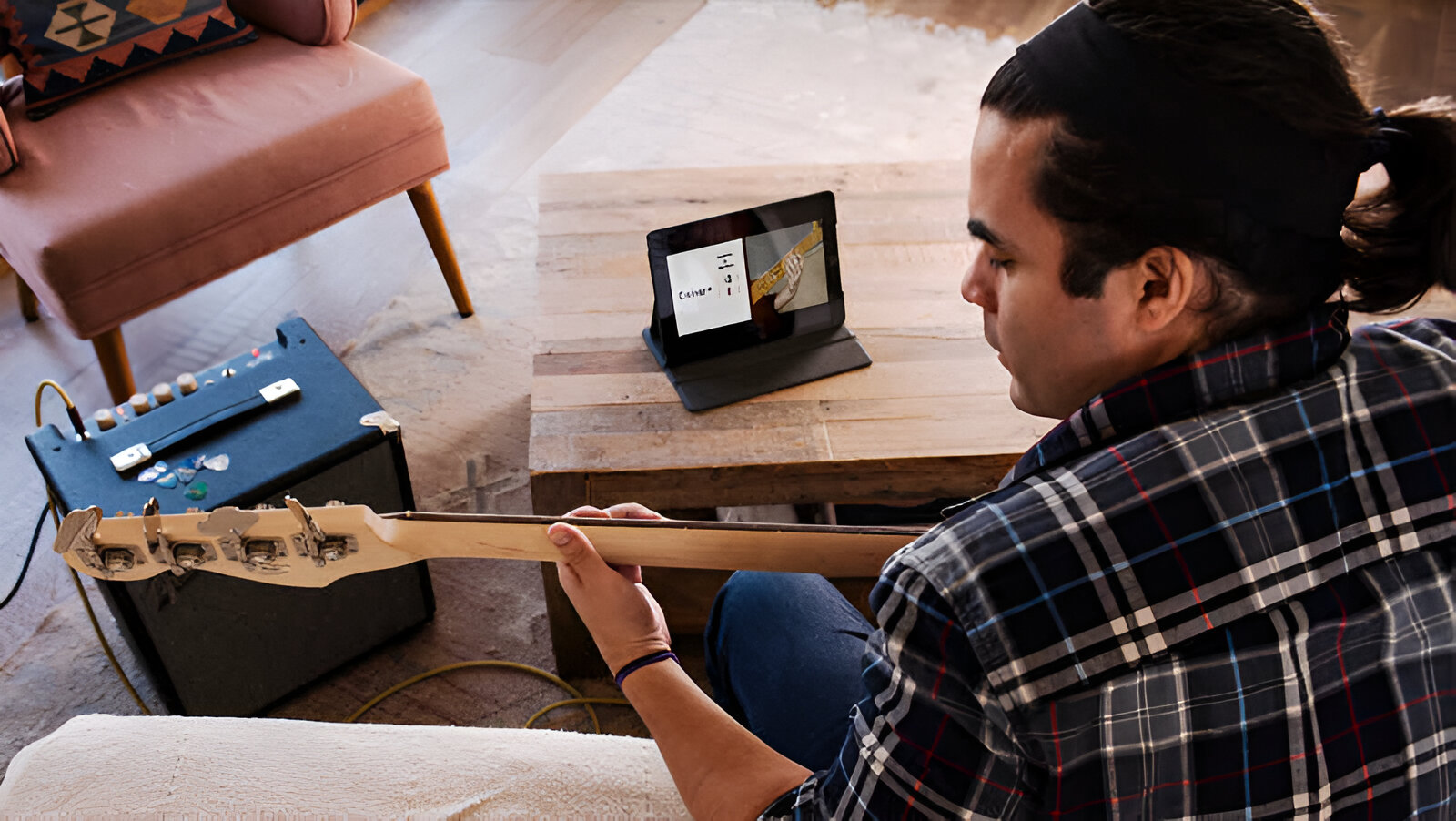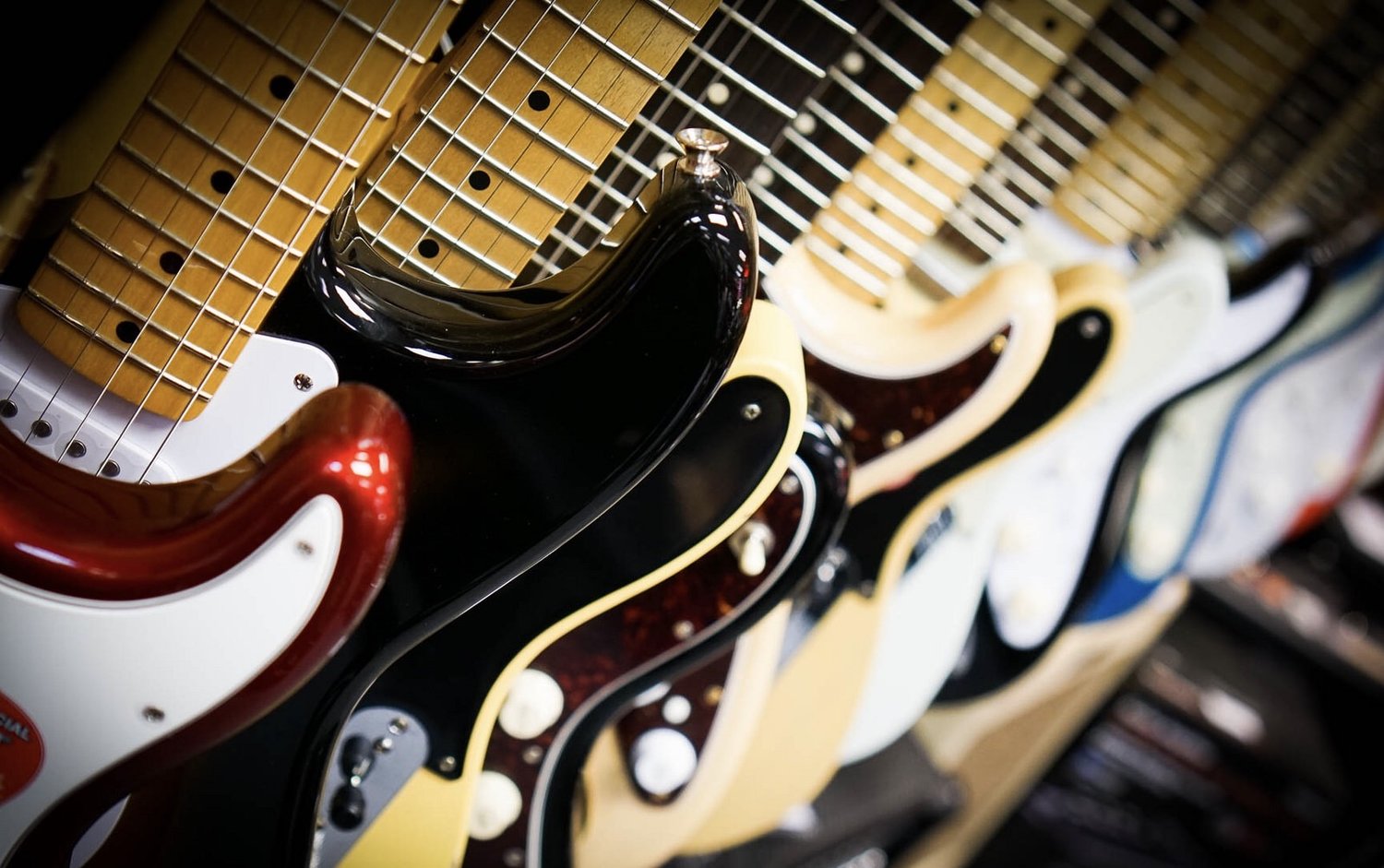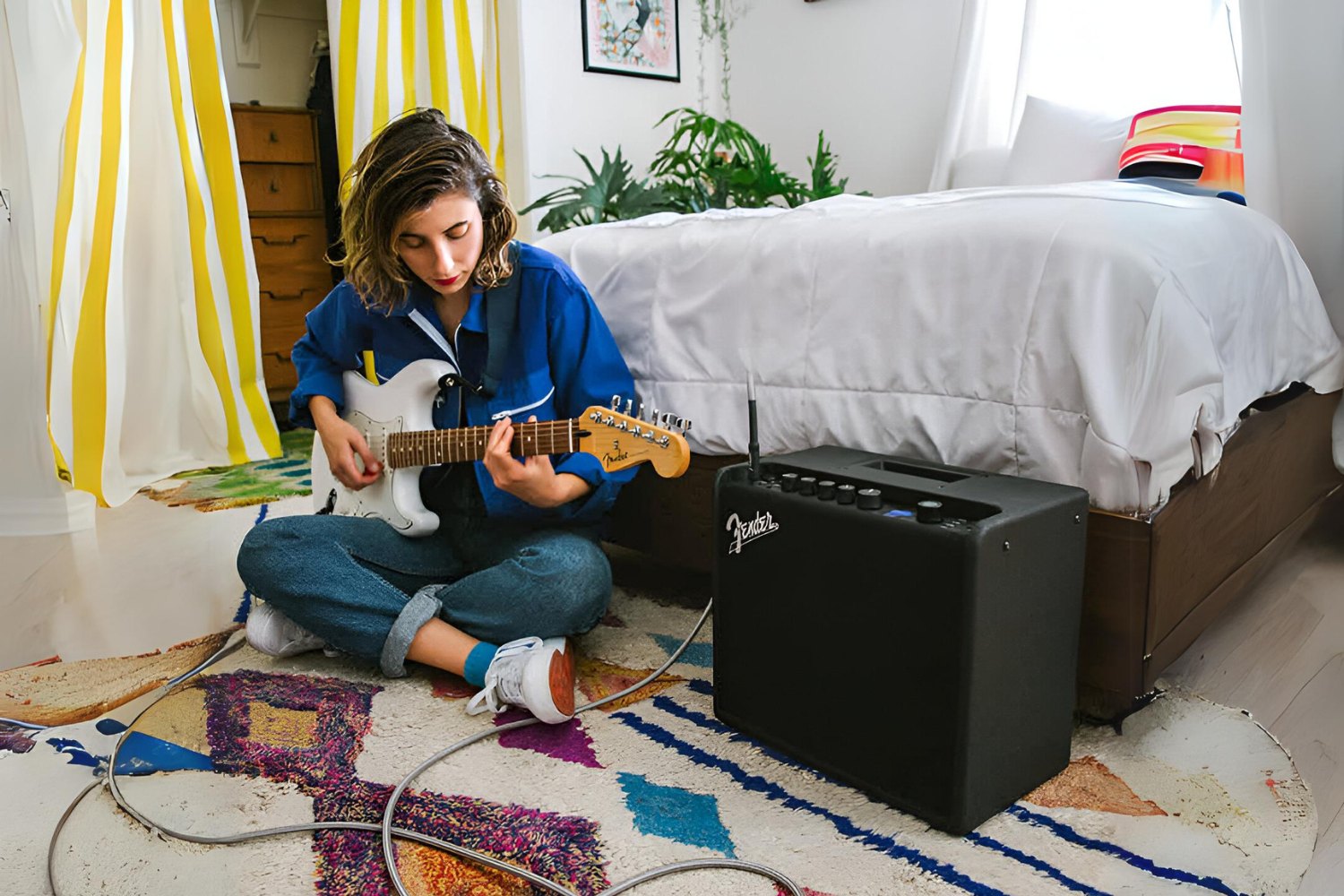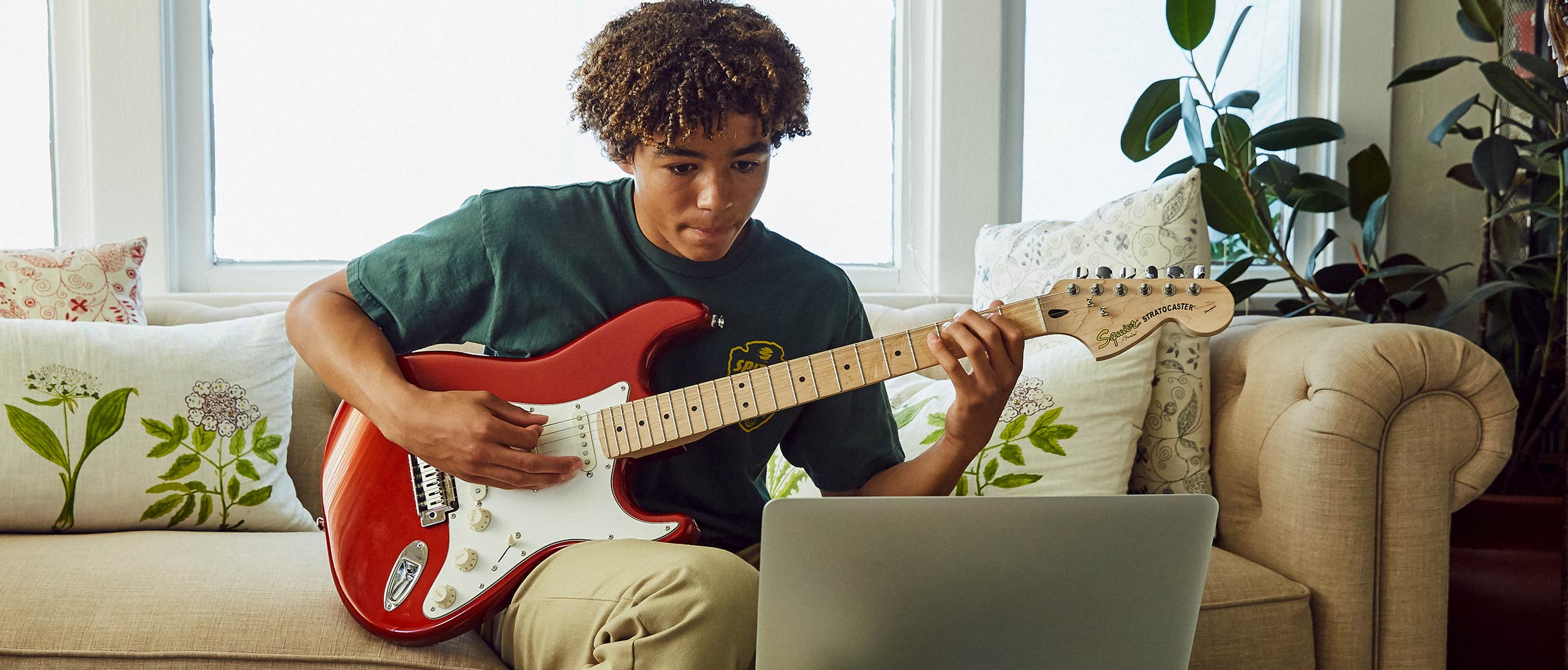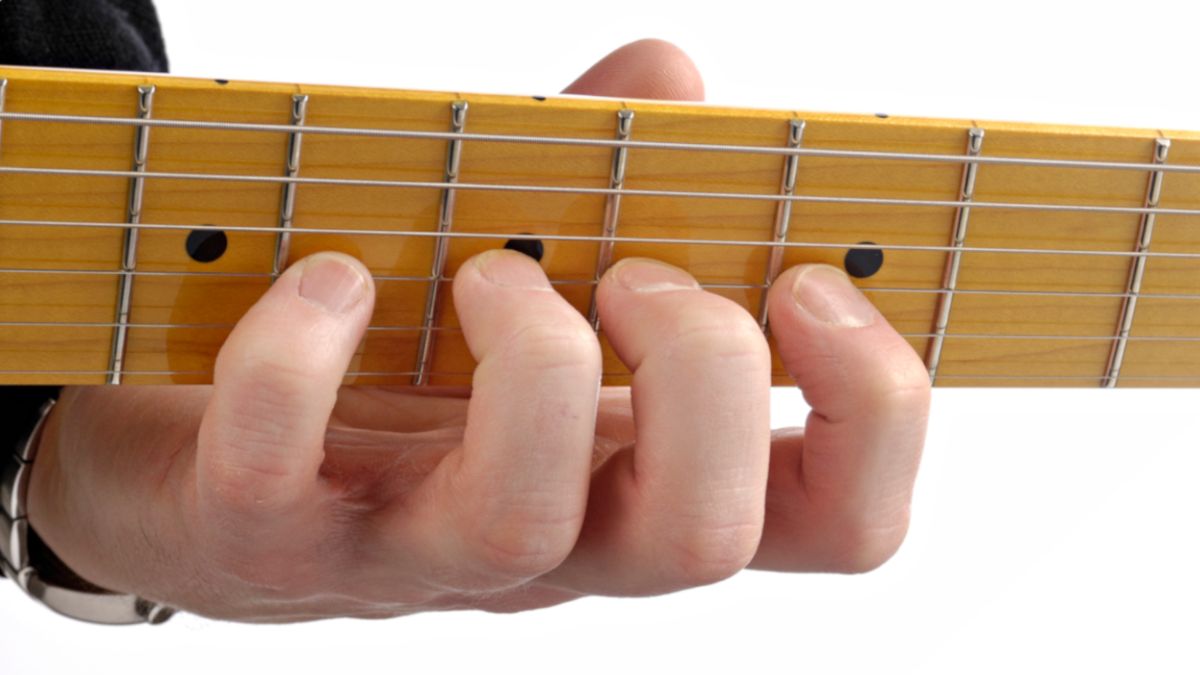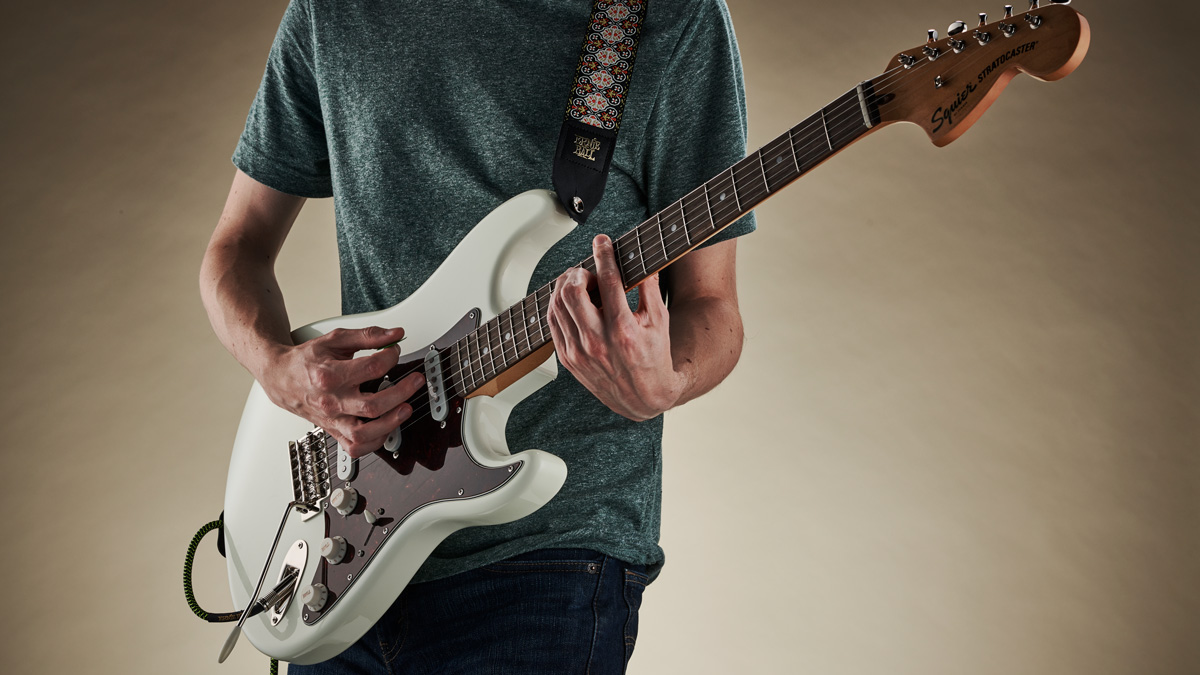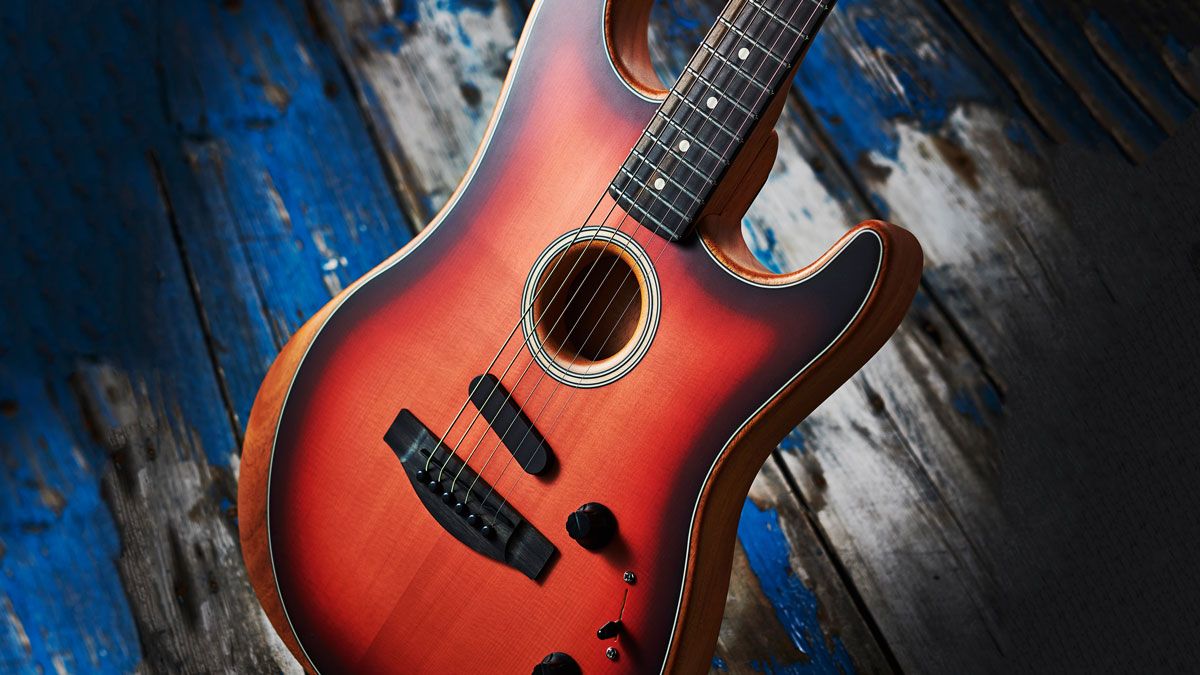Choosing the Right Electric Guitar
When embarking on your journey to learn the electric guitar, one of the most crucial decisions you’ll make is selecting the right instrument. With a myriad of options available, it’s essential to consider several factors to ensure you find a guitar that suits your playing style and preferences.
Here are some key considerations to keep in mind:
- Body Type: Electric guitars come in various body shapes, such as solid body, semi-hollow, and hollow body. Each type offers distinct tonal qualities and playing experiences, so it’s essential to try out different body types to determine which feels most comfortable and produces the sound you desire.
- Neck Profile and Scale Length: The neck profile and scale length significantly impact playability. Whether you prefer a slim, fast neck or a chunkier one, and whether you favor a longer or shorter scale length, these aspects contribute to the overall feel of the instrument.
- Pickups: Pickups play a pivotal role in shaping the guitar’s sound. Single-coil pickups offer a bright, clear tone, while humbuckers provide a warmer, thicker sound. Consider the genres you intend to play and the tonal characteristics you prefer when choosing between these pickup types.
- Bridge Type: The bridge affects intonation, sustain, and tuning stability. Options include fixed bridges, tremolo bridges, and locking tremolos, each with its unique advantages. Your choice will depend on your playing style and the specific features you prioritize.
- Budget and Affordability: Set a realistic budget for your electric guitar purchase. While there are excellent options available at various price points, it’s crucial to strike a balance between quality and affordability.
Ultimately, the ideal electric guitar for you is one that feels like an extension of your musical expression. Take the time to visit music stores, try out different models, and seek advice from experienced guitarists. By considering these factors and exploring various options, you’ll be well-equipped to choose an electric guitar that resonates with your playing style and inspires your musical journey.
Essential Gear and Accessories
As you delve into the world of electric guitar playing, acquiring the essential gear and accessories is vital to optimize your playing experience and ensure you’re equipped for practice and performance. Here’s a look at the fundamental items you’ll need:
- Amplifier: An amplifier is indispensable for electric guitarists, as it amplifies the sound produced by the instrument. When selecting an amp, consider factors such as wattage, tone shaping controls, and built-in effects to find one that complements your playing style and musical preferences.
- Cable and Tuner: A reliable instrument cable is essential for connecting your guitar to the amplifier, while a digital tuner ensures your instrument remains in tune, facilitating accurate and enjoyable playing sessions.
- Picks and Straps: Guitar picks come in various thicknesses and materials, allowing you to achieve different tones and playing styles. Additionally, a comfortable and adjustable guitar strap is crucial for playing while standing and ensuring proper instrument support.
- Effects Pedals: Effects pedals, such as overdrive, delay, and modulation pedals, enable you to enhance your guitar’s sound and experiment with different tones and textures, adding depth and creativity to your playing.
- Gig Bag or Case: Safeguarding your guitar during transport and storage is essential. A well-padded gig bag or hard case protects your instrument from damage and adverse environmental conditions.
- Cleaning and Maintenance Tools: Keeping your guitar in optimal condition is crucial for longevity and performance. Invest in cleaning cloths, guitar polish, and tools for basic maintenance tasks, such as string changing and adjustments.
While these items constitute the essential gear and accessories for electric guitar players, the specific requirements may vary based on individual preferences and playing contexts. As you progress in your musical journey, you may explore additional gear and accessories to further enhance your playing experience and musical expression.
Basic Techniques and Fundamentals
Mastering fundamental techniques is pivotal for any aspiring electric guitarist. These foundational skills form the basis of your playing style and pave the way for advanced proficiency. Here are essential techniques and fundamentals to focus on:
- Proper Posture and Hand Placement: Maintaining a relaxed yet ergonomic posture while sitting or standing and ensuring correct hand placement on the fretboard and the picking hand contribute to efficient playing and minimize the risk of strain or injury.
- Strumming and Picking: Developing precision and control in your strumming and picking techniques is essential for articulating clear and consistent notes. Practice various strumming patterns and picking exercises to enhance your rhythmic accuracy and dynamic range.
- Chord Formation and Transitions: Learning common chord shapes and practicing smooth transitions between chords is fundamental for rhythm playing and accompaniment. Focus on building muscle memory and finger dexterity to execute chord changes seamlessly.
- Single-Note Playing and Scales: Familiarize yourself with basic scales, such as the pentatonic and major scales, and practice playing single notes with clarity and precision. This lays the groundwork for lead guitar playing and improvisation.
- Fretting Hand Dexterity: Enhancing the agility and strength of your fretting hand is crucial for executing complex melodies and chord voicings. Regular exercises targeting finger independence and dexterity will facilitate smoother and more expressive playing.
- Understanding Rhythm and Timing: Developing a solid sense of rhythm and timing is essential for playing in sync with backing tracks, metronomes, or other musicians. Practice playing along with rhythmic patterns and diverse musical styles to hone your rhythmic sensibilities.
Devoting focused practice time to these fundamental techniques and principles is key to building a strong foundation as an electric guitarist. While it may initially require patience and persistence, mastering these basics will set the stage for your continued growth and proficiency on the instrument.
Learning Chords and Scales
As an electric guitarist, delving into the realm of chords and scales is integral to expanding your musical vocabulary and unlocking diverse creative possibilities. Here’s a comprehensive overview of the significance of chords and scales in your learning journey:
Chords:
Chords form the harmonic foundation of music and are essential for rhythm playing, accompaniment, and songwriting. Begin by familiarizing yourself with basic open chords, such as E major, A minor, and D major, gradually progressing to barre chords and extended chord voicings. Understanding chord theory and progression principles empowers you to navigate various musical styles and compositions, fostering versatility and musical fluency.
Scales:
Learning scales, such as the pentatonic, major, and minor scales, equips you with melodic frameworks and improvisational tools. Scales serve as the building blocks for crafting captivating solos, melodies, and musical phrases. By internalizing scale patterns and intervals across the fretboard, you enhance your ability to navigate the instrument with confidence and expressiveness, enabling dynamic and compelling musical performances.
Chord-Scale Relationships:
Understanding the interplay between chords and scales is pivotal for creating harmonic and melodic cohesion in your playing. Exploring chord-scale relationships allows you to discern which scales complement specific chords and vice versa, facilitating informed improvisation, composition, and harmonic embellishments. This knowledge fosters a deeper understanding of music theory and enriches your musical interpretations and expressions.
Application and Integration:
Applying chords and scales within musical contexts, such as backing tracks, songs, and improvisation sessions, consolidates your theoretical knowledge and fosters practical proficiency. Experiment with chord progressions, scale-based licks, and melodic variations to internalize these elements and infuse your playing with creativity and nuance. Embracing the iterative process of exploration and application accelerates your musical growth and fosters a deeper connection with the instrument.
By immersing yourself in the study of chords and scales, you enrich your musical palette, cultivate a deeper understanding of harmony and melody, and elevate your capacity for expressive and dynamic guitar playing.
Understanding Guitar Tabs and Notation
As you embark on your electric guitar journey, familiarizing yourself with guitar tabs and notation is essential for comprehending and interpreting musical compositions and exercises. Here’s an in-depth exploration of these invaluable tools:
Guitar Tabs:
Guitar tablature, commonly known as guitar tabs, provides a simplified and intuitive method of notating music specifically for the guitar. Tabs consist of horizontal lines representing the guitar strings and numbers indicating the frets to be played. This visual representation allows guitarists to learn and play songs, riffs, and solos without extensive knowledge of traditional musical notation. Embracing guitar tabs facilitates swift access to a diverse array of musical content and accelerates the learning process for aspiring guitarists.
Standard Notation:
Standard musical notation, comprising staff lines, note symbols, and various musical symbols, offers a comprehensive and universal system for representing music across instruments. While standard notation may initially appear daunting to beginners, mastering it equips guitarists with a deeper understanding of music theory, rhythm, and pitch. Proficiency in standard notation enhances your versatility as a musician and enables seamless communication with other instrumentalists and music professionals.
Hybrid Notation:
Hybrid notation, a combination of guitar tabs and standard notation, presents a versatile approach that integrates the accessibility of tabs with the comprehensive detail of standard notation. This hybrid format enables guitarists to benefit from both systems, fostering a well-rounded musical skill set and facilitating a nuanced comprehension of musical nuances and intricacies.
Transcribing and Arranging:
Developing the ability to transcribe music from recordings or arrange existing pieces for the guitar empowers you to expand your repertoire and adapt diverse musical material to the instrument. Transcription and arrangement skills are honed through the study of guitar tabs, standard notation, and hybrid notation, enabling you to explore a broad spectrum of musical genres and styles.
By embracing guitar tabs, standard notation, and hybrid notation, you gain access to a wealth of musical content, refine your analytical and interpretive skills, and cultivate a comprehensive understanding of music notation, enriching your musical journey as an electric guitarist.
Finding a Good Teacher or Online Resources
Embarking on the path to mastering the electric guitar involves seeking guidance and resources that align with your learning style and objectives. Whether through traditional instruction with a teacher or leveraging online resources, the pursuit of quality learning avenues is crucial for your musical development. Here’s a comprehensive exploration of these valuable learning channels:
Traditional Guitar Instruction:
Engaging a skilled and experienced guitar teacher offers personalized guidance, structured learning plans, and immediate feedback tailored to your individual progress and goals. A competent instructor can impart essential techniques, theory, and musical concepts while providing motivation and accountability, nurturing a solid foundation and facilitating steady growth in your guitar journey.
Online Guitar Lessons and Courses:
The digital landscape offers a wealth of online resources, including video lessons, interactive courses, and instructional platforms, providing flexibility, accessibility, and a diverse range of learning materials. Online guitar resources cater to various skill levels and musical interests, enabling self-paced learning, exploration of diverse musical genres, and exposure to a global community of instructors and fellow learners.
Peer Learning and Community Engagement:
Participating in guitar forums, online communities, and local jam sessions fosters a sense of camaraderie, facilitates knowledge sharing, and exposes you to diverse perspectives and playing styles. Engaging with peers and fellow guitar enthusiasts enriches your musical experience, offering opportunities for collaboration, feedback, and mutual support in your musical endeavors.
Combining Learning Modalities:
Integrating traditional instruction with online resources and community engagement can yield a well-rounded and dynamic learning experience. By leveraging a combination of learning modalities, you can benefit from the individualized guidance of a teacher, the flexibility and diversity of online resources, and the collaborative spirit of community engagement, fostering holistic growth and musical enrichment.
Whether you opt for traditional instruction, online resources, or a hybrid approach, the key lies in identifying avenues that resonate with your learning preferences and objectives, empowering you to cultivate your skills, expand your musical horizons, and derive fulfillment from your electric guitar journey.
Practice Tips and Strategies
Effective and purposeful practice is the cornerstone of progress and proficiency in mastering the electric guitar. Implementing strategic approaches and cultivating productive habits can significantly enhance your learning experience and skill development. Here are invaluable tips and strategies to optimize your practice sessions:
- Establish Clear Goals: Define specific, achievable objectives for each practice session, whether it’s mastering a new technique, learning a song, or improving speed and accuracy. Setting clear goals provides direction and motivation, fostering a sense of accomplishment and progress.
- Structured Practice Routine: Devise a structured practice schedule encompassing warm-up exercises, technical drills, repertoire review, and skill-building activities. Allocating dedicated time to different aspects of playing ensures a comprehensive and balanced approach to skill development.
- Focus on Technique: Prioritize technical exercises, such as scales, arpeggios, and fingerstyle drills, to enhance dexterity, coordination, and finger strength. Technical proficiency forms the foundation for expressive and fluid guitar playing.
- Slow and Steady Progression: Embrace a deliberate and gradual approach to learning new material. Start at a comfortable pace, gradually increasing speed and complexity as proficiency improves. This methodical progression fosters accuracy and solidifies muscle memory.
- Utilize Metronome and Backing Tracks: Incorporate a metronome into your practice to cultivate rhythmic precision and timing. Additionally, playing along with backing tracks or accompaniments provides context and enhances musicality, facilitating a cohesive and engaging practice experience.
- Effective Time Management: Optimize practice sessions by managing time efficiently and minimizing distractions. Focused and uninterrupted practice periods yield heightened concentration and productivity, maximizing the benefits of each session.
- Reflect and Evaluate: Regularly assess your progress, identifying areas for improvement and celebrating milestones. Reflective practice fosters self-awareness and adaptability, enabling targeted refinement of skills and techniques.
- Embrace Consistency and Patience: Cultivate a consistent practice routine, acknowledging that progress is a gradual and ongoing process. Patient perseverance and dedication yield long-term growth and proficiency.
By integrating these practice tips and strategies into your daily routine, you can elevate the quality and effectiveness of your practice sessions, fostering continuous improvement, musical fluency, and a deepening connection with the electric guitar.
Joining a Community or Band
Participating in a musical community or band setting offers invaluable opportunities for growth, collaboration, and shared musical experiences, enriching your electric guitar journey in profound ways. Here’s a comprehensive exploration of the benefits and considerations associated with joining a community or band:
Collective Learning and Inspiration:
Engaging with a community of musicians fosters a dynamic environment for shared learning, inspiration, and skill exchange. Interacting with fellow guitarists and instrumentalists exposes you to diverse playing styles, musical perspectives, and creative approaches, broadening your musical horizons and nurturing a spirit of continuous learning.
Collaborative Performance Opportunities:
Participating in a band setting provides firsthand experience in collaborative music-making, ensemble playing, and live performances. Collaborating with bandmates cultivates essential skills such as active listening, adaptability, and collective musical interpretation, fostering a cohesive and impactful musical synergy.
Feedback and Support:
Within a community or band, receiving constructive feedback, encouragement, and support from peers and mentors contributes to personal and artistic growth. Constructive critique and shared encouragement nurture self-confidence, refine musical expression, and foster a sense of camaraderie and mutual appreciation.
Networking and Professional Development:
Engaging with a musical community facilitates networking opportunities, exposure to diverse musical projects, and potential avenues for professional growth. Building connections within the music industry and local music scenes opens doors to performance opportunities, collaborative projects, and potential career advancements.
Social and Emotional Fulfillment:
Participation in a musical community or band setting offers a sense of belonging, camaraderie, and emotional fulfillment. Sharing musical experiences, creative endeavors, and performance milestones with like-minded individuals fosters a supportive and enriching social environment, enhancing the overall enjoyment of your musical pursuits.
When considering joining a community or band, it’s essential to seek an environment that aligns with your musical interests, values, and aspirations. Whether it’s a local music group, an online community, or a formal band arrangement, the collective energy, creativity, and collaborative spirit of such settings can profoundly elevate your electric guitar journey, nurturing a sense of belonging, artistic fulfillment, and musical growth.







